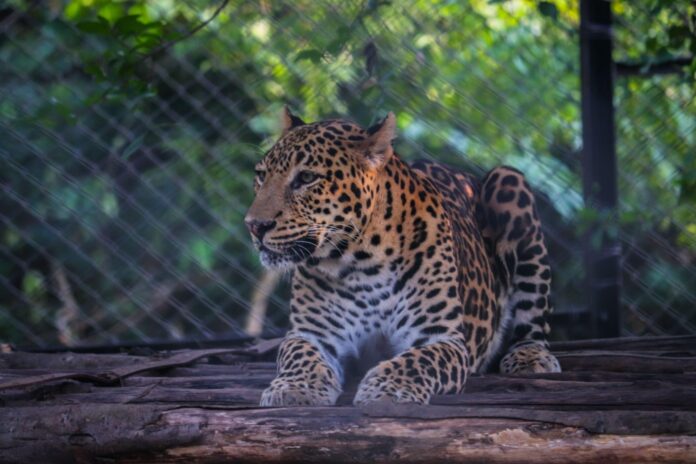ISLAMABAD: Chairperson of Islamabad Wildlife Management Board (IWMB) Rina Saeed Khan on Thursday said the endangered Common Asian Leopards have started strolling in daylight in the protected zone of the Margalla Hills National Park (MHNP).
Addressing a media delegation during visit inside the Leopard Protected Zone of MHNP, the chairperson said that the endangered wildcat was feeling more comfortable and secure after restricted human mobility in the protected area.
Rina said the Asian Leopard was a very shy animal that abstains from encountering humans whereas at the moment it started enjoying the biome due to thriving prey and ecology.
She added that the pug marks of leopards were conspicuous in many marshes and sludge in the national park due to moisture after heavy monsoon rains.
The IWMB chair underlined that there was less disturbance at the protected zone which had revived its aquifer and water in ponds and streams after many decades that created a favourable environment for the wildcats.
She informed that the Board did a simultaneous study in the MHNP and identified seven different leopards’ presence through camera traps and guessed a dozen in total living in the protected area.
“We have to hold another study this year to assess and study the leopards presence and behaviour in the Leopard Preserve Zone.
However, fortunately there has been no human wildlife conflict reported in the MHNP so far as reported in Ayubia National Park and AJK,” she said.
She briefed that there were video evidences available for another leopard leopard spotted that was coming from Kalinjar valley (Sector E-9) area which was also a lush green area replete with ecology.
Deputy Director Research and Planning IWMB Sakhawat Ali informed the media persons that Trail 6 (the Leopard Preserve Zone) has emerged as a permanent habitat of leopards which was earlier a seasonal abode of the wildcats during extreme winter season in the north.
He said leopard was a nocturnal animal that had started patrolling in daytime as it used to prey and patrol at night or dawn due to its nature. The nocturnal animals facing more competition at night usually prey at morning which was not an abnormal behaviour, he added.
“When habitat is preserved the wildlife moves freely and it becomes restricted in case more human intrusion or activity in its habitat. However, there are permanent three leopards mainly a female and two males in the protected area.”
To a question, he said the IWMB’s scientific committee was looking this matter and would design the future course of action to deal with the leopards amid rising number of its species and close human habitat near a living ecosystem.
He mentioned that the leopard was spotted at 1:30 pm that had revealed the morning patrols of the nocturnal wildcat.
Replying another query, he said the footprints or pug marks was spotted at different trails and a healthy population was breeding in the MHNP that was controlling the number of wild boars.
Moreover, he said the Indian Pangolin population that was an anteater was very low in the MHNP and the Board was working on it, adding, “A proper scientific team will initiate survey of 32 species with in next 2-3 months.”
A IWMB patrolling guide and poacher informed that the Board was capturing videos of the leopard for past the two years and they had no fear of its presence.
“The people visiting the MHNP trails are advised to stay calm in case of encounter with a leopard as it will easily leave the spot within 10 minutes after sensing no risk. However, in case of panic and noise it will attack.”
He added that the guided tours were taking the visitors to 2 kilometers inside the protected zone and used to brief on pug marks, quills of porcupine and also a show documentary on MHNP.























